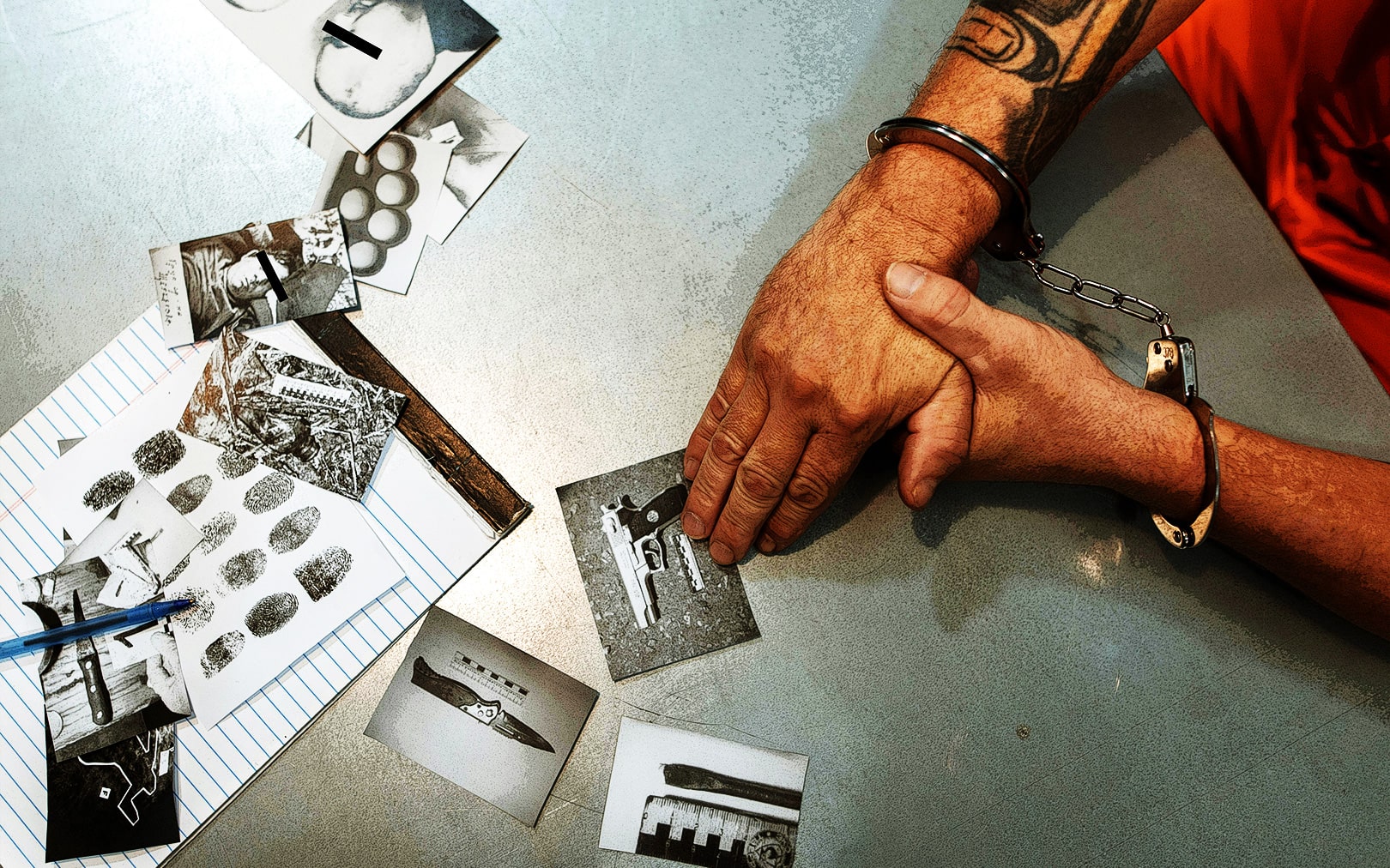
False Evidence Ploys
The Dangerous Deception Behind False Confessions
In the realm of criminal interrogations, one of the most controversial tactics employed is the use of false evidence ploys. This involves law enforcement officers presenting fabricated evidence to suspects such as claiming to have fingerprints, DNA, or eyewitness testimony that doesn’t exist in an attempt to elicit confessions.
While some argue that this strategy is effective in uncovering the truth, extensive research indicates that it significantly increases the risk of false confessions, leading to wrongful convictions and undermining the integrity of the justice system.
Understanding False Evidence Ploys
False evidence ploys are a form of deception where interrogators assert they possess incriminating evidence against a suspect, even when no such evidence exists. The goal is to make the suspect believe that their guilt is already established, thereby pressuring them into confessing.
In all but some very narrow circumstances in a few states, this tactic is legally permissible in the United States where the Supreme Court has upheld the use of deception in interrogations. However, the ethical implications and potential for miscarriages of justice have sparked significant debate among legal scholars, psychologists, and human rights advocates.
The Link Between False Evidence and False Confessions
Research has consistently demonstrated that false evidence ploys can lead to false confessions. When suspects are confronted with fabricated evidence, they may feel hopeless and believe that maintaining their innocence is futile. But that’s exactly what proponents of false evidence ploys want. As one legacy police training firm put it, “The goal is to get suspects to focus on trying to escape the short-term stress of the interrogation and forget about the long-term consequences of admitting guilt.” False evidence ploy often encourage a suspect to do just that. This psychological pressure can be overwhelming, particularly for vulnerable individuals such as juveniles, those with cognitive impairments, or individuals experiencing mental health issues.
“Many scholars have argued that false evidence ploys may heighten the risk of eliciting a false or unreliable confession.” (White, 1997, 2001a,b; Kassin and Gujonsson, 2004; McMullen, 2005; Gohara, 2006)
A study published in Law and Human Behavior found that false evidence ploys, especially when combined with minimization tactics (where the severity of the offense is downplayed), significantly increase the likelihood of false confessions. The researchers concluded that these tactics exploit suspects’ vulnerabilities and can lead to admissions of guilt for crimes they did not commit.
Moreover, the Innocence Project reports that false confessions have played a role in approximately 25% of DNA exoneration cases, highlighting the real-world consequences of deceptive interrogation practices.
Psychological Mechanisms at Play
Several psychological factors contribute to the effectiveness—and danger—of false evidence ploys:
- Perceived Inevitability: Believing that the evidence against them is irrefutable, suspects may see confession as the only option.
- Desire to End the Interrogation: Lengthy and high-pressure interrogations can lead suspects to confess simply to escape the situation.
- Memory Distrust Syndrome: Some individuals may begin to doubt their own memories, especially when confronted with false evidence, leading them to believe they might have committed the crime unknowingly.
Case Studies Highlighting the Risks
The case of Brendan Dassey, featured in the documentary Making a Murderer, exemplifies the dangers of false evidence ploys. At 16 years old, Dassey was subjected to intense interrogation tactics, including the presentation of fabricated evidence. He eventually confessed to a crime he did not commit, a confession that played a pivotal role in his conviction.
“As an empirical matter, police lying about evidence is almost always necessary for eliciting a false confession; except in rare circumstances, you just don’t get false confession without police deception. One reason is that false-evidence ploys, if believed, promote the perception of suspects that the evidence will establish their guilt in the eyes of third parties and they are powerless to change their fate unless they confess. Another reason is that false-evidence ploys may cause some suspects to doubt their memory.”
— Leo, Richard (2008) Police Interrogation and American Justice
Similarly, the Central Park Five five teenagers wrongfully convicted of assaulting a jogger in New York City were coerced into confessing through deceptive interrogation practices, including false evidence claims. Their convictions were later overturned when the real perpetrator confessed, and DNA evidence confirmed his guilt.
Calls for Reform
In light of the evidence linking false evidence ploys to wrongful convictions, there is a growing movement advocating for reforms in interrogation practices:
- Legislative Changes: Some states, such as Illinois and Oregon, have enacted laws prohibiting the use of deceptive tactics in interrogations, particularly with juveniles.
- Mandatory Recording: Requiring the recording of entire interrogations can provide transparency and protect against coercive practices.
- Adoption of Science-Based Methods: Techniques like the PEACE model, which emphasize information gathering over confession extraction, offer ethical and effective alternatives to deceptive practices.
Conclusion
While the use of false evidence ploys may yield confessions, the risk of obtaining false admissions and the subsequent miscarriages of justice cannot be ignored. The integrity of the criminal justice system depends on the reliability of its methods. Embracing science-based, ethical interrogation practices is essential to ensure that the pursuit of justice does not come at the cost of innocent lives.
Learn more here: Perillo & Kassin (2011) – Inside Interrogation: The Lie, the Bluff, and False Confessions